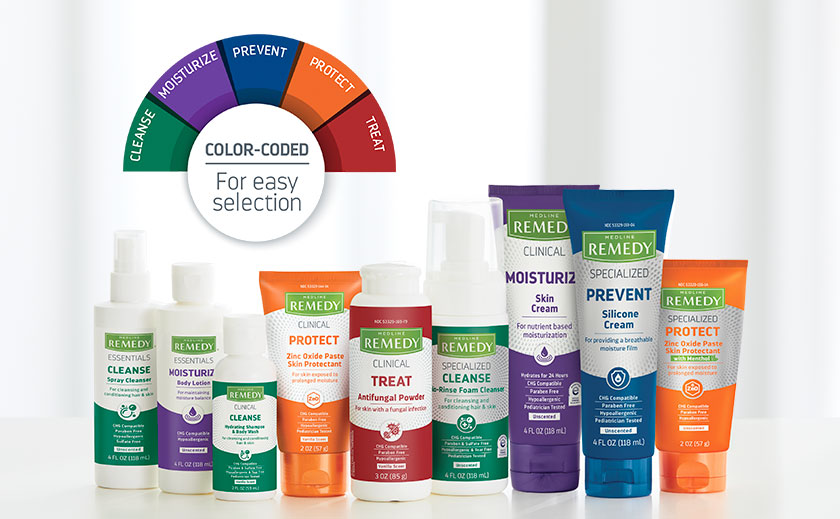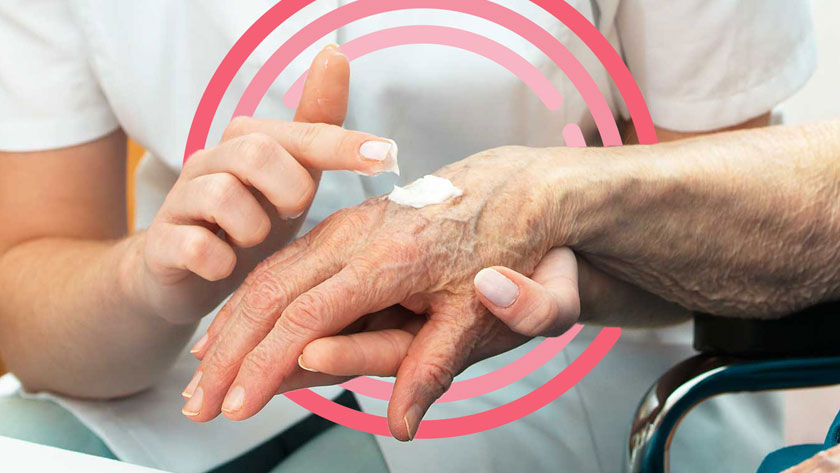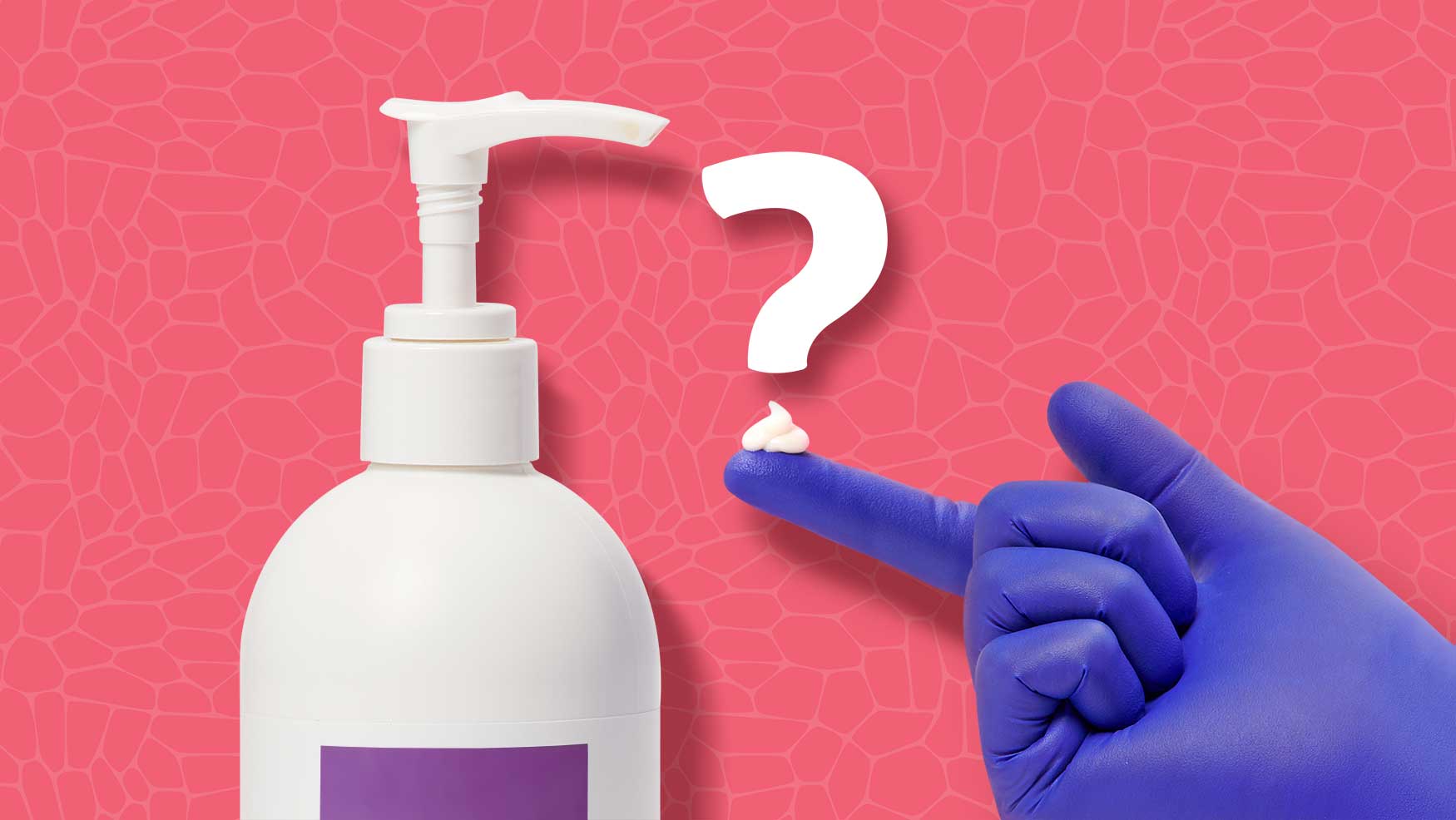Design thinking in healthcare: How it benefits everyone
Overcoming common challenges with caregiver-driven innovation.

How can facilities tackle the complex problems that get in the way of preventative skin care? Design thinking in healthcare offers a framework for overcoming the industry’s challenges.
In this framework, innovators must understand and care about the lives of the people who use the product or service. By understanding the problems of the end user, they can design solutions that are easier to use. The innovation comes through techniques like rapid testing and feedback.
Healthcare innovators are interested in design thinking because it can drive high-quality, accessible care.
Read on to learn how design thinking in healthcare helps improve outcomes.
How designing to meet the greatest needs can benefit everyone
Design thinking is a driver of innovation across many sectors.
Perhaps the most iconic example of human-centered design is the OXO Swivel. In 1990, OXO debuted a potato peeler with a soft, non-grip handle designed for people with arthritis. It was so comfortable to use for everyone that it continues to be popular with home cooks today.
Design thinking is a helpful problem-solving framework in the healthcare space where mission-centered organizations work to improve people’s lives.
Danielle Schlosser, a University of California San Francisco researcher, used this approach when she noticed a challenge in delivering care to patients with schizophrenia. She realized that providers were not connecting with patients during interviews on a human level, and that lack of connection made care delivery more challenging. Through her research, she worked with IDEO to develop the Prime app, which helps patients work toward goals and get support.
For care settings, design thinking can lead to innovations that improve outcomes and the lives of everyone involved in the care process, from caregivers to patients.
How design thinking in healthcare helps with preventative skin care
What’s a significant healthcare challenge for many facilities? Preventative skin care.
Newly hired or traveling nurses may not be familiar with the facility’s skin care products, and it’s time-consuming to train them. And as staff are stretched thin, sometimes preventative skin care can fall through the cracks despite their best efforts. That can lead to pressure injuries and other painful, costly skin conditions.
Josh Kolof, Director of Product Management at Medline, and his team saw skin care as a prime opportunity for frontline worker-driven innovation. His organization had previously used design thinking to reduce infection risk when they partnered with a nurse to create a Foley catheter insertion tray. Kolof wondered, could they also apply design thinking to skin care?
He was excited by the chance to innovate with caregivers. “We take ideas from anyone and everyone—especially frontline staff,” says Kolof. “It’s almost like Shark Tank.”
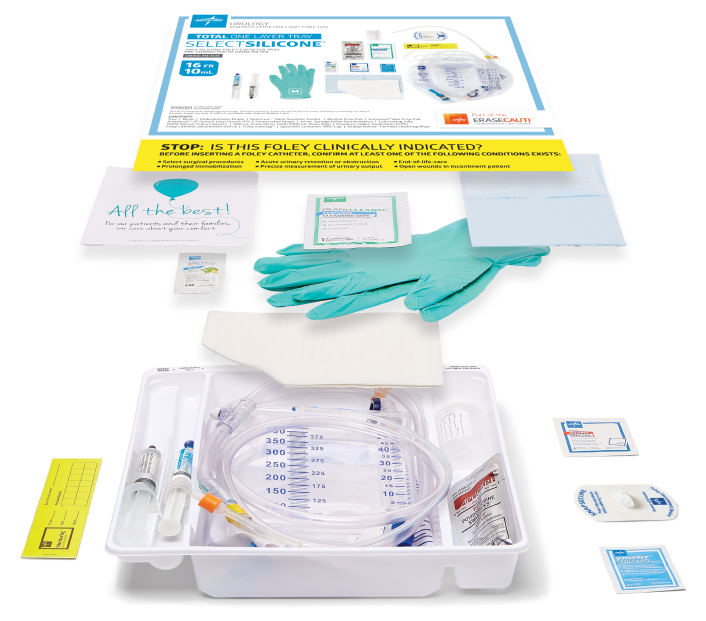
“We take ideas from anyone and everyone—especially frontline staff”

Josh Kolof
Director of Product Management at Medline
Kolof’s team used a variety of direct-customer research methods to get a sense of their challenges.
- Holding focus groups to collect feedback from nurses across the continuum of care
- Consulting with advisory boards
- Advising from clinical groups
One pain point they found is with the skin care formulary size. Frontline staff sometimes develop strong attachments to certain products, and when facilities merge, they often combine their formularies without making any edits. It’s easy to end up with too many products.
With so many products to choose from for every clinical need, it becomes difficult for caregivers to locate what they need quickly or to even schedule training for all the products. Narrowing down the formulary can be overwhelming, and many facilities are unsure about where to start.
Harnessing the color-coding in medicine to improve skin care
Code blue. Code red. Rapid response codes like these are one of the first things caregivers learn on the job. They also learn the color-coded systems used for patient charts.
Frontline staff intuitively look to color to know what to do. It’s part of the care system.
Patricia Turner, BSN, RN, CWOCN, CWS and Medline Director of Clinical Resources Skin Health, noticed that caregivers were already thinking about skin care products in terms of packaging color. When Turner would ask them about what they used, they would identify products by the color of the bottle. It’s more intuitive to staff than saying “zinc-based barrier.”
Kolof and his team also picked up on how caregivers are primed to look to color to know what to do. It became clear that a color-coded skin care system would make it as effortless as possible for caregivers to use the products appropriately. Plus, the team had insights around the impact of caregiver-friendly design from their advanced wound care products, which use educational packaging to improve outcomes.
“A lot of products [use bottles that] are all white or they’re very plain. It doesn’t stand out to let you know this is what it does.”
Surveyed nurse
So, they designed products with vividly colored bottles that would catch a caregiver’s eye regardless of the angle from which they were viewed—and Medline Remedy® was born as a color-coded skin care system.
“I am a very visual person, and my life is around color-coded charts and schedule,” said one of the nurses from Kolof’s focus group. She added, “It’s just easier to know that green does this, and I don’t have to worry about anything else.”
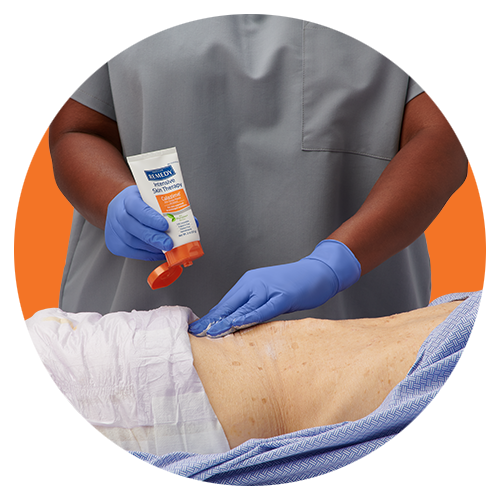
They paired the products with educational support tools like guidelines that feature the same color-coding. Kolof says this helps everyone avoid mistakes, from a facility’s most tenured caregivers to newly hired staff.
As an added safety net, they named each product in the system with action-oriented verbs that explain their clinical function. For example, Remedy Protect is the zinc-based barrier.
The color and product name reinforce its clinical use together. Remedy Protect comes in orange packaging, and it’s easier for caregivers to remember how to use it because “orange is for open skin.”
When nearly 31% of staff are incorrectly using a zinc-based barrier on intact skin, Kolof’s team hopes that this simple design innovation can help avoid mistakes.1
Skin care designed for the greatest needs
Some skin types have greater needs than others. For example, dark skin tones and aging skin need more moisturization than other skin types, and damaged versus intact skin may require separate products. Special products may be necessary for patients with allergies or sensitive skin.
Those different care needs are another cause of an outsized formulary. And when caregivers have to switch up the skin care products they use on their daily rounds, it takes up time.

Kolof found that a skin care system could help by working for everyone. Evidence-based ingredients that that nourish everyone’s skin can save nursing time by:
- Working on all skin types, tones, ages and acuity levels, as well as damaged or intact skin.
- Being formulated as CHG-compatible, hypoallergenic, alcohol-free and pH-balanced.
Key takeaway
Design thinking in healthcare is about creating products with empathy to make the lives of patients better and boost caregiver satisfaction. This design framework drives healthcare innovation to improve outcomes—including for skin care. Patients and caregivers benefit when preventative skin care products use intuitive packaging and formulations that work for everyone. One comprehensive skin care system used this approach to help facilities elevate their regimen.
